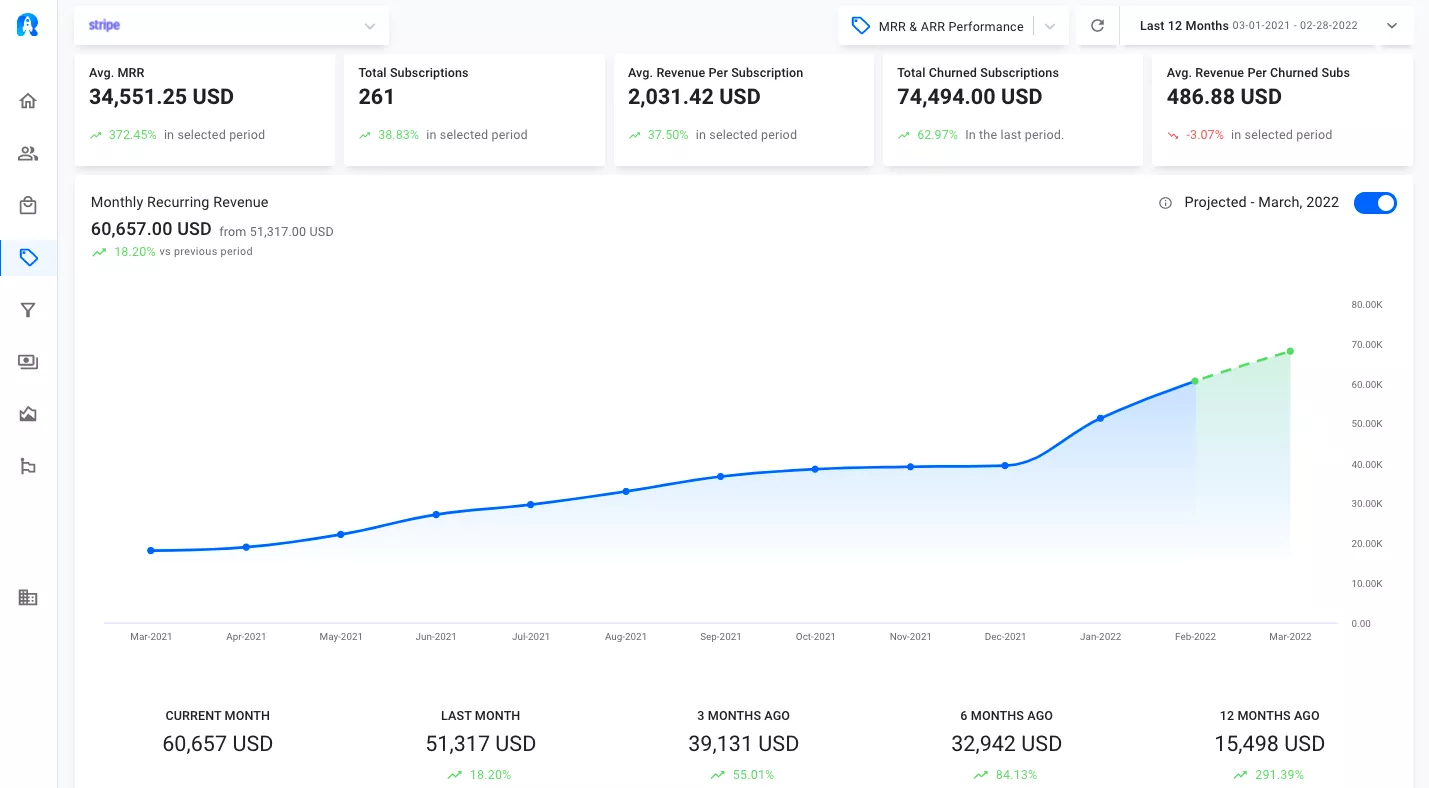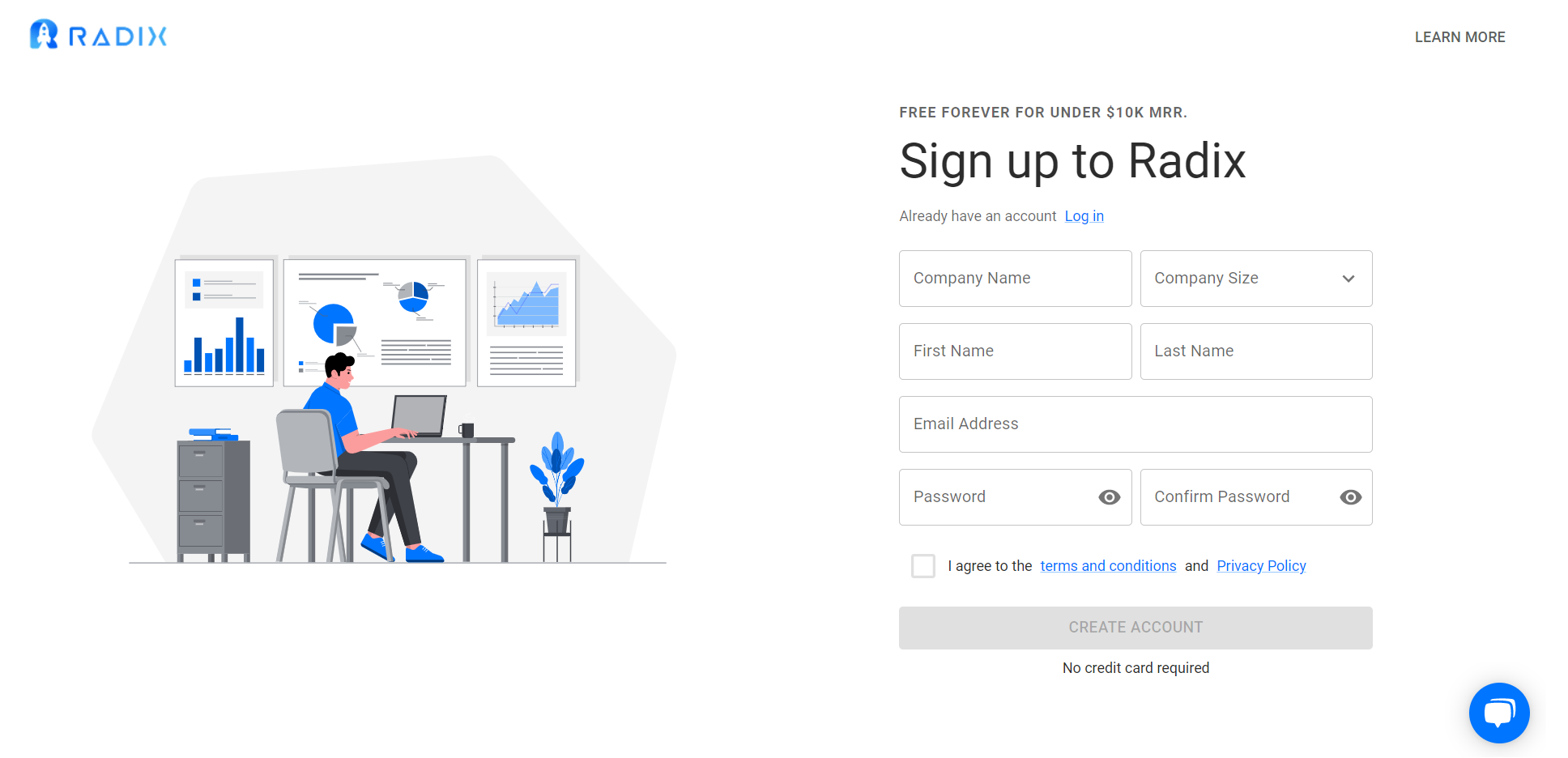In today’s digital age, Software as a Service (SaaS) companies have become a vital part of the business landscape.
These companies offer subscription-based access to software, which allows customers to access powerful tools without the need for expensive hardware or software installations.
As a result, SaaS companies have become a popular choice for businesses of all sizes. But with so many SaaS companies vying for customers, it’s essential for businesses to understand the Key SaaS metrics and key performance indicators (KPIs) that are crucial for measuring the health and growth of their business.
In this blog, we will explore 18 Key SaaS Metrics that every company should track, including Monthly Recurring Revenue (MRR), Customer Acquisition Cost (CAC), Lifetime Value (LTV), Churn Rate and more. By regularly tracking and analyzing these key SaaS metrics, companies can make data-driven decisions to improve their business and drive revenue growth.
18 Key SaaS Metrics & KPIs
- Monthly Recurring Revenue (MRR): This metric measures the amount of recurring revenue a company generates each month. It is important to track MRR because it indicates the growth and stability of a company’s revenue stream.
- Customer Acquisition Cost (CAC): This metric measures the cost of acquiring a new customer. It is important to track CAC because it indicates the efficiency of a company’s marketing and sales efforts.
- Lifetime Value (LTV): This metric measures the total revenue a customer generates for a company over the lifetime of their relationship. It is important to track LTV because it indicates the potential value of a customer.
- Churn Rate: This metric measures the rate at which customers cancel their subscriptions or stop using a company’s service. It is important to track churn rate because it indicates the health of a company’s customer base.
- Net Promoter Score (NPS): This metric measures customer satisfaction and loyalty. It is important to track NPS because it indicates how likely customers are to recommend a company’s service to others.
- User Engagement: This metric measures how active and engaged users are with a company’s service. It is important to track user engagement because it indicates the effectiveness of a company’s product.
- Acquisition: This metric measures the number of new customers a company acquires each month. It is important to track acquisition because it indicates the growth of a company’s customer base.
- Activation: This metric measures the number of new customers who begin using a company’s service after signing up. It is important to track activation because it indicates the effectiveness of a company’s onboarding process.
- Retention: This metric measures the number of customers who continue to use a company’s service after their initial trial period. It is important to track retention because it indicates the effectiveness of a company’s product and customer service.
- Referral: This metric measures the number of new customers a company acquires through referral. It is important to track referral because it indicates the effectiveness of a company’s referral program.
- Revenue per User (RPU): This metric measures the amount of revenue a company generates per user. It is important to track RPU because it indicates the potential revenue a company can generate from each customer.
- Gross Margin: This metric measures the difference between revenue and cost of goods sold (COGS). It is important to track gross margin because it indicates the profitability of a company’s products or services.
- Monthly Active Users (MAU): This metric measures the number of unique users who engage with a company’s service each month. It is important to track MAU because it indicates the size of a company’s user base.
- Daily Active Users (DAU): This metric measures the number of unique users who engage with a company’s service each day. It is important to track DAU because it indicates the level of engagement of a company’s user base.
- Customer Satisfaction (CSAT): This metric measures the satisfaction of a company’s customers. It is important to track CSAT because it indicates the effectiveness of a company’s customer service.
- Average Revenue per Account (ARPA): This metric measures the average revenue generated per customer account. It is important to track ARPA because it indicates the potential revenue a company can generate from each account and can help identify opportunities for upselling or cross-selling.
- Annual Contract Value (ACV): This metric measures the total value of a customer’s contract over a year. It is important to track ACV because it indicates the revenue potential of a customer and can help with forecasting future revenue.
- Gross Retention: This metric measures the number of customers who renew their subscription or continue using a company’s service. It is important to track gross retention because it indicates the effectiveness of a company’s product and customer service in retaining customers.

Conclusion
In conclusion, tracking these key SaaS metrics and KPIs is essential for measuring the health and growth of your business. By regularly monitoring these metrics, you can make data-driven decisions that will drive revenue growth and improve your overall performance.
One of the best ways to do this is by using Radix, the leading data revenue platform for PayPal and Stripe users.
Radix is a powerful tool that allows you to easily track, analyze and optimize your SaaS metrics, including MRR, CAC, LTV, Churn Rate and more. The best part is that Radix is free forever for businesses with an MRR of less than $10,000. So, if you’re a SaaS owner looking to take your business to the next level, sign up for Radix now and start taking control of your data.






